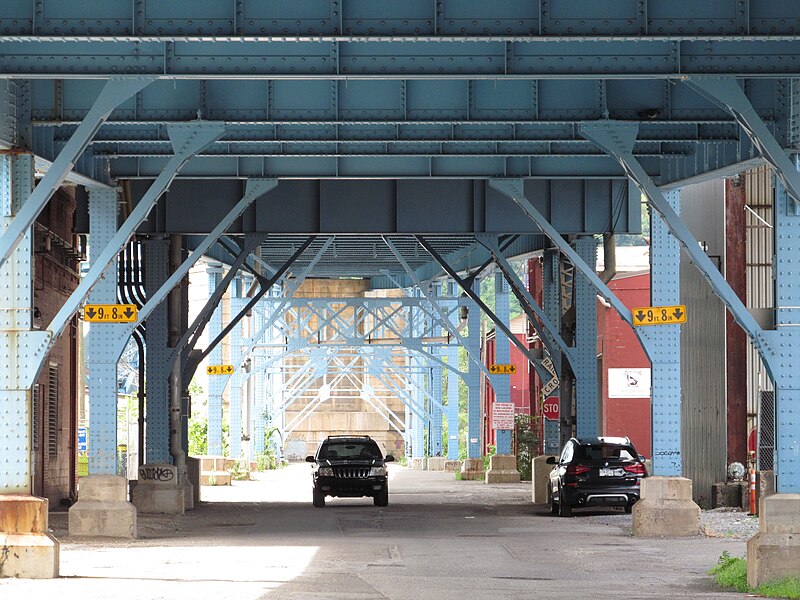
-
Liberty Avenue
-
William Penn Place
-
Larkins Way, South Side
-
A Streetscape in Beechview
-
Carson Street Side of the SouthSide Works

By most standards the SouthSide Works, by far the largest “new urban” development in Pittsburgh, has been a great success. The retail part of it, however, has had its ups and downs. It was planned with a focus on a “town square” a block away from Carson Street, with 27th Street as a line of shops linking Carson Street to the center of the new neighborhood, and then rows of smaller shops here along Carson Street, the back side of the development. What happened might have been predicted by a good urban planner: the part of the development that continued the well-established Carson Street business district flourished and remained mostly occupied, spilling its prosperity across the street to previously empty storefronts and triggering new construction; meanwhile, the “town square,” after an initial burst of success, languished, with many large storefronts empty. Now the square has filled up again, and we shall see where the cycle takes us from here.
Architecturally, the Carson Street side of the development is again a success. It may not be inspired architecture, but it does its job of fitting with the established architectural traditions of the South Side and visually connecting itself with the rest of the Carson Street business district. Father Pitt might point out, however, that some of the materials—metal facings of buildings, for example—are beginning to look a bit bedraggled already. The parts faced in brick, however, are not. This may serve as a lesson to young architects: brick lasts.
-
Coffey Way
-
Sterling Street, South Side Slopes
-
31st Street, Strip

Here is one of two streets in the Strip that exist mostly under bridges. Two blocks away, 33rd Street is entirely under a railroad bridge.
-
Fifth Avenue
-
An Alley on the South Side







